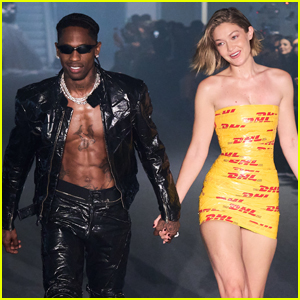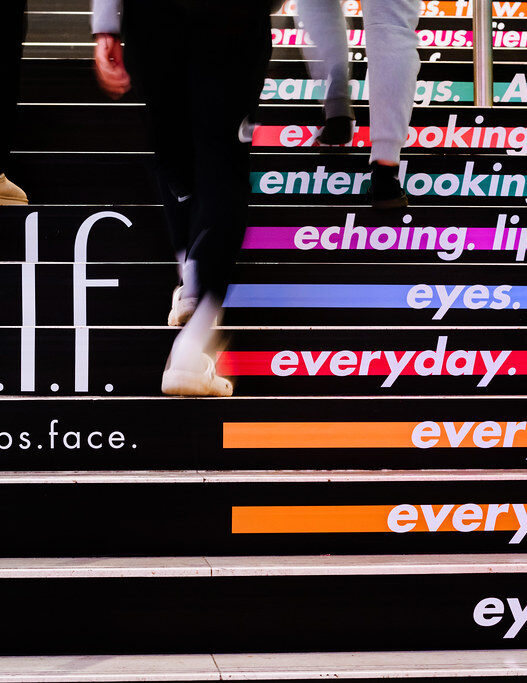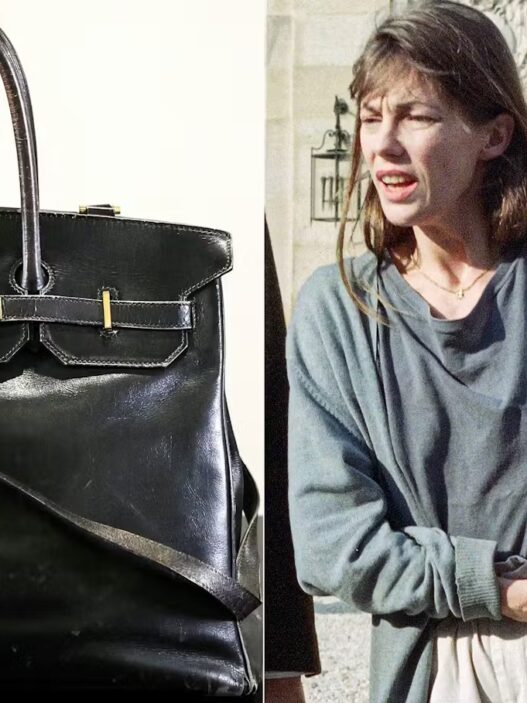Vetements burst onto the scene in 2014, challenging conventions with its oversized silhouettes, deconstructed designs, and high-low collaborations. The label quickly became a streetwear sensation, fueled by the creative direction of Demna Gvasalia. But beyond the hype, Vetements has been quietly battling another front: securing its brand identity with the United States Patent and Trademark Office (USPTO). The struggles highlight the complex world of trademarking in the fashion industry.
Vetements’ Meteoric Rise and Trademark Ambitions
From DHL t-shirts to collaborations with Juicy Couture and Champion, Vetements carved out a unique niche. Its pieces, often priced in the hundreds or thousands of dollars, were seen on celebrities and sold out rapidly. While precise financial figures are not always publicly available, reports suggest Vetements reached peak revenue in the mid-2010s, with estimates around $100 million annually.

However, with Gvasalia’s departure in 2019 and the rise of other streetwear brands, some argue Vetements’ initial impact has softened. The focus has shifted, with a greater emphasis on ready-to-wear collections. Still, the brand retains a cult following and continues to release collaborative projects, recently working with Jean Paul Gaultier on a well-received collection. These collaborations are key to maintaining buzz and relevance. To protect this hard-won brand recognition, Vetements has actively pursued trademark protection.
Understanding Trademark Law and the USPTO’s Role in Fashion
Trademarks protect brand names, logos, and other symbols that identify and distinguish goods or services. The USPTO is the federal agency responsible for granting these protections. In fashion, trademarks are crucial for preventing counterfeiting and ensuring consumers can identify authentic products.
Vetements’ Trademark Applications: Initial Hurdles and USPTO Rejections
Like other brands, Vetements has filed numerous trademark applications covering its name and logo for various goods, including clothing, accessories, and retail services. However, not every application sails through. The USPTO examines each application, checking for potential conflicts with existing trademarks and evaluating whether the mark is descriptive, generic, or functional.
Key Trademark Disputes: Analysing Specific Cases and Oppositions Involving Vetements
Specific details of Vetements’ trademark applications and office actions are publicly available through the USPTO’s database (TESS). Common grounds for rejection often involve arguments that a proposed trademark is merely descriptive of the goods or services. For instance, if Vetements tried to trademark a common phrase related to clothing, the USPTO would likely reject it. Details on oppositions from other companies are scarce due to confidentiality.
Arguments for and Against Vetements’ Trademark Claims: Functionality, Genericness, and Deceptiveness
The USPTO might reject a trademark application if it deems the mark functional. For example, a specific design feature that is essential to the use or purpose of an article of clothing cannot be trademarked. Genericness is another hurdle. If the term “Vetements” became synonymous with oversized clothing in general, it could risk becoming a generic term, and therefore un-trademarkable. Finally, the USPTO may refuse to register marks that are deceptive or misleading.
The Impact of USPTO Decisions on Vetements’ Brand Strategy and Future Growth
Trademark battles can have significant financial implications. Securing trademarks provides legal recourse against counterfeiters, protecting revenue streams. Conversely, failure to obtain trademark protection weakens a brand’s ability to prevent knock-offs and maintain exclusivity. The outcomes of these cases may influence Vetements’ design choices, marketing campaigns, and collaborative projects. A lack of protection might push the brand towards more distinctive and less easily copied designs.
Lessons Learned: Implications for Other Fashion Brands and the Future of Trademarking Fashion Designs
Vetements’ experiences offer valuable lessons. New fashion brands should prioritise trademark searches early on and consult with legal counsel to navigate the complexities of trademark law. The fashion industry constantly evolves, and trademark law must adapt. As trends shift, brands must proactively protect their intellectual property to maintain a competitive edge. Furthermore, as consumers become more aware of sustainability, brands might need to consider trademarking their eco-friendly initiatives to avoid greenwashing accusations.


















